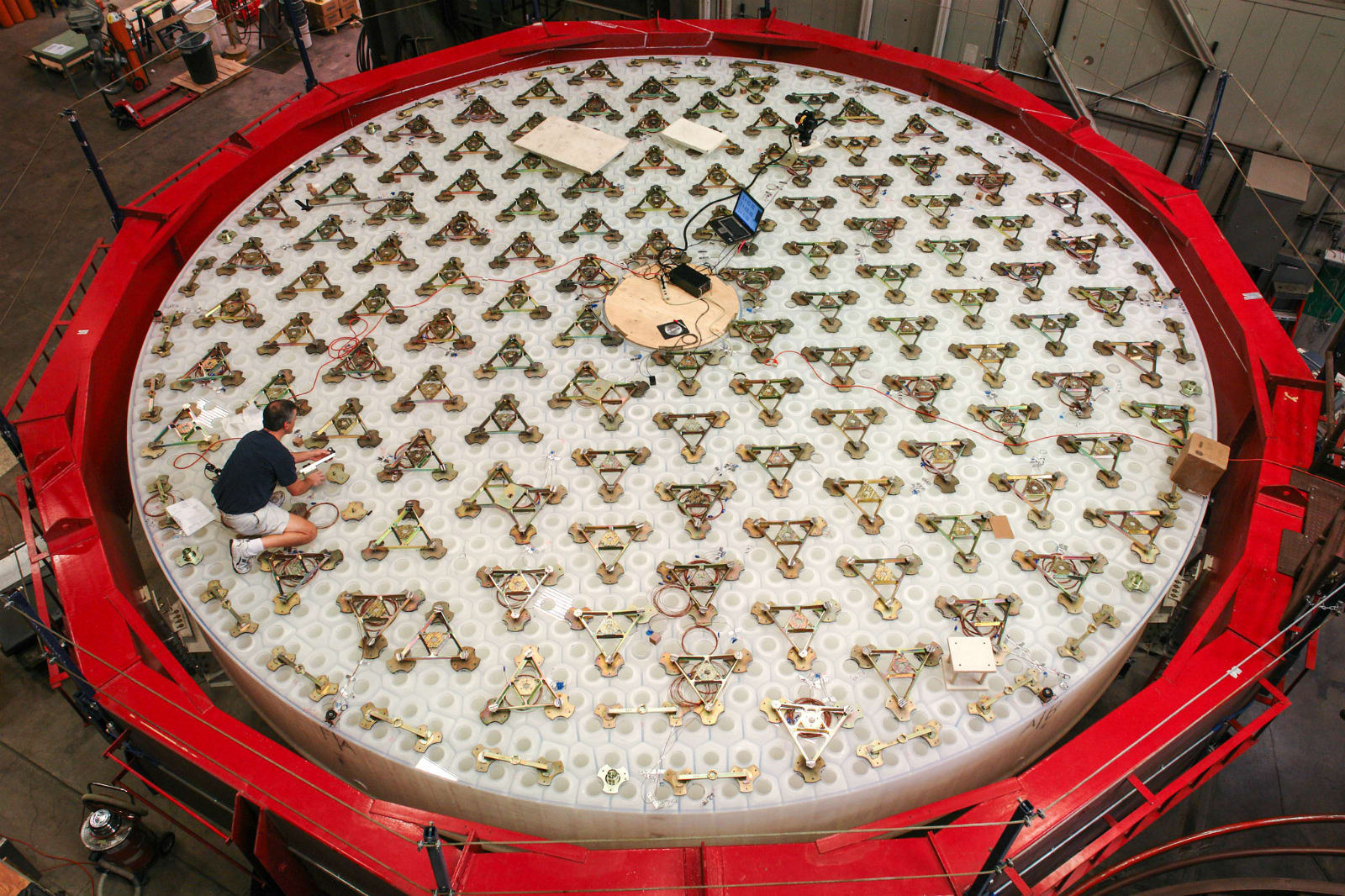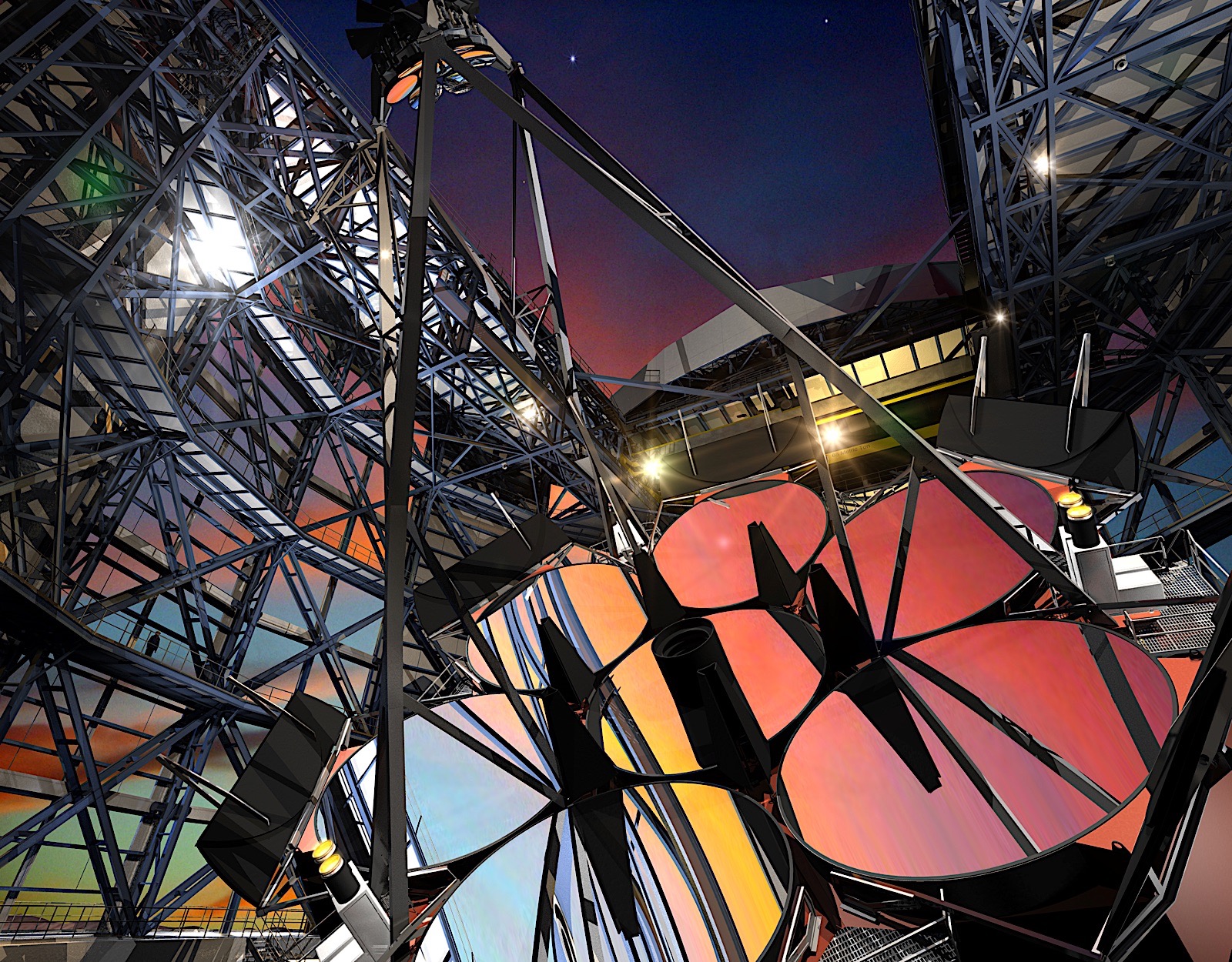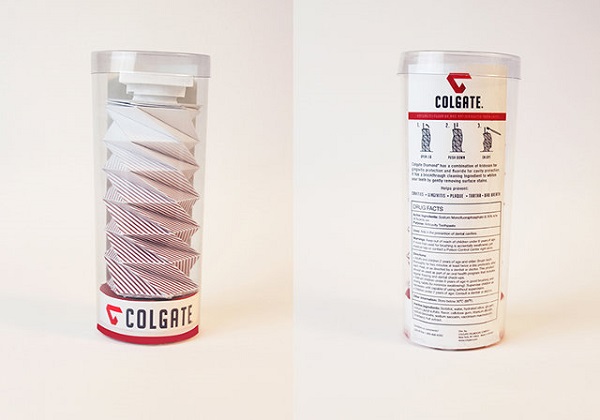Tag Archives: University of Arizona
The virusbuster boom
Supercomputer creates millions of virtual universes
 How do you understand the development of galaxies when even the younger examples are frequently billions of years old? Simulate as many universes as you can, apparently. Researchers at the University of Arizona have used the school's Ocelote superc...
How do you understand the development of galaxies when even the younger examples are frequently billions of years old? Simulate as many universes as you can, apparently. Researchers at the University of Arizona have used the school's Ocelote superc...
The world’s largest telescope is one step closer to completion
 The world's largest telescope is one step closer to completion. This month, the team working on the Giant Magellan Telescope (GMT) completed the second of seven primary mirror segments, a process that began in January 2012.
The world's largest telescope is one step closer to completion. This month, the team working on the Giant Magellan Telescope (GMT) completed the second of seven primary mirror segments, a process that began in January 2012.
The world’s largest telescope will unlock the universe’s oldest secrets
 In the predawn hours of September 20th, 2017, the cavernous hangar doors of the Richard F. Caris Mirror Lab at the University of Arizona slowly swung open and the first of seven gargantuan mirrors passed through on its way to the Las Campanas Observa...
In the predawn hours of September 20th, 2017, the cavernous hangar doors of the Richard F. Caris Mirror Lab at the University of Arizona slowly swung open and the first of seven gargantuan mirrors passed through on its way to the Las Campanas Observa...
‘Asteroid Day’ is a good time to learn about the threat of space rocks
 On June 30th, 1908, more than 770 square miles of remote Russian forest were obliterated from the face of the Earth when a relatively small meteor, estimated at only around 400 feet across, unleashed 15 megatons of energy above the Stony Tunguska Riv...
On June 30th, 1908, more than 770 square miles of remote Russian forest were obliterated from the face of the Earth when a relatively small meteor, estimated at only around 400 feet across, unleashed 15 megatons of energy above the Stony Tunguska Riv...
Accordion-Shaped Tube Wastes None of Your Toothpaste

As the 20th century came and went away, one thing remained unchanged: the inefficient shape of toothpaste tubes that often caused up to 13% of the content to be wasted. A student at Arizona State University proved that improvements can be made, though.
Seeing in the 1890s that people kept in jars what looked like toothpaste back then, a Connecticut inventor named Washington Wentworth Sheffield thought of designing a lead tube for storing this precious product. Believe it or not, about 120 years later, the design survived without any changes, in the detriment of whoever is paying for the tube of toothpaste, since as much as 13% can go to waste if not rolling it properly. At least that’s what a Consumer Reports test on Colgate and Crest (aka Blend-a-Med in Europe and possibly other parts of the world) tubes revealed. However, 22-year-old interior architecture design major Nicole Pannuzzo developed an origami toothpaste tube capable of squeezing even the last drop.
Pannuzzo explained how she got the idea of designing an accordion-shaped toothpaste tube: “I found this little tiny bottle–it looked like it was for a kids’ toy–and it was a collapsible ketchup bottle. It just goes up and down, accordion style. From that I knew it could be done, somehow. So that’s why I kept going with the origami thing. It was mostly just experimenting.”
Since her design features creases, some believed that these could trap toothpaste as well, but she went on to calm them: “[Commenters] will go off, and I’m like, ‘Calm down, man. It’s a student project, it’s just an experiment.’” In other words, after doing not a thing to change the 120-year-old design of the classic tube we’ve grown tired off, the world is judging Pannuzzo for not coming up with a perfect design.
On the other hand, MIT researchers invented a super-slick coating that prevents liquids from sticking to the walls of whatever container they’re in, and the first thought that crossed everyone’s mind was: “Ketchup!” Still, toothpaste tube could benefit from such a coating as well, and then it wouldn’t matter anymore what shape they have. This doesn’t mean that Pannuzzo’s design shouldn’t be appreciated, as every different approach gets us one step closer to the perfectly designed toothpaste tube.
Be social! Follow Walyou on Facebook and Twitter, and read more related stories about funny toothpaste tube heads that cure early morning grogginess, and the Oral-B smartphone-connected toothbrush.
Robotic legs simulate our neural system, lurch along in the most human-like way so far
We've seen some pretty wonky bipedal robots before, but scientists at the University of Arizona have gone straight to the source -- us -- to make one with a more human-like saunter. It turns out it's not just our skull-borne computer that controls gait: a simple neural network in the lumber area of our spine, called the central pattern generator (CPG), also fires to provide the necessary rhythm. By creating a basic digital version of that and connecting some feedback sensors in the legs, a more natural human stride (without balance) was created -- and on top of that it didn't require the tricky processing used in other striding bots. Apparently this throws light on why babies can make that cute walking motion even before they toddle in earnest, since the necessary CPG system comes pre-installed from birth. That means the study could lead to new ways of stimulating that region to help those with spinal cord injuries re-learn to walk, and produce better, less complex walking robots to boot. Judging by the video, it's a good start, but there's still a ways to go before they can mimic us exactly -- you can watch it after the break.
Robotic legs simulate our neural system, lurch along in the most human-like way so far originally appeared on Engadget on Fri, 06 Jul 2012 04:16:00 EDT. Please see our terms for use of feeds.
Permalink | EurekaAlert! | Email this | Comments
EurekaAlert! | Email this | Comments 
